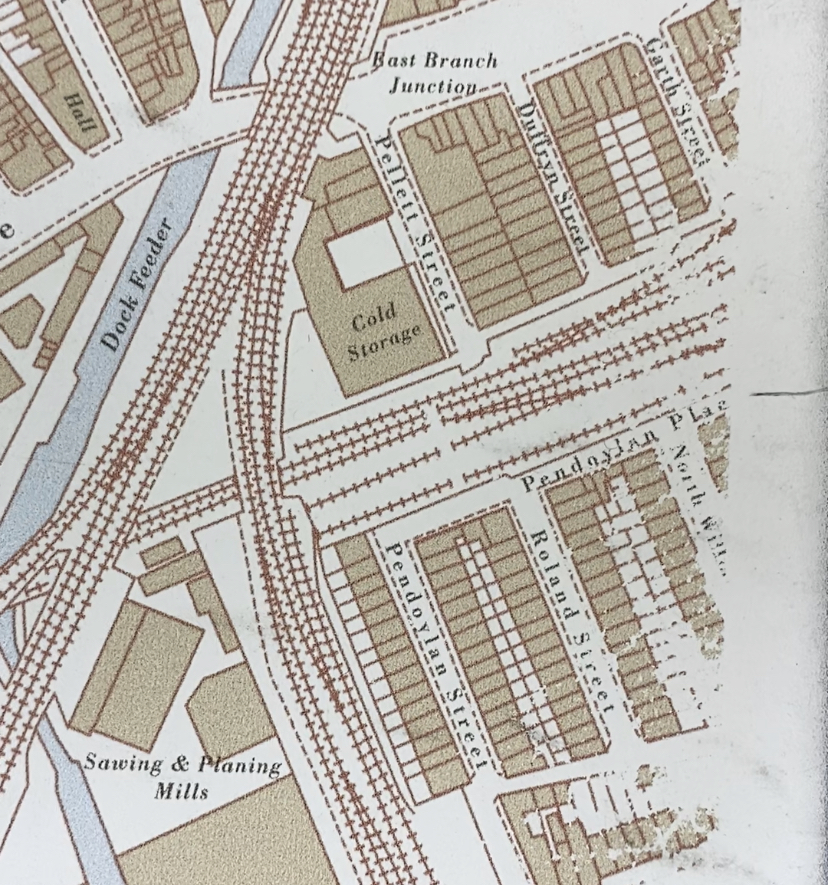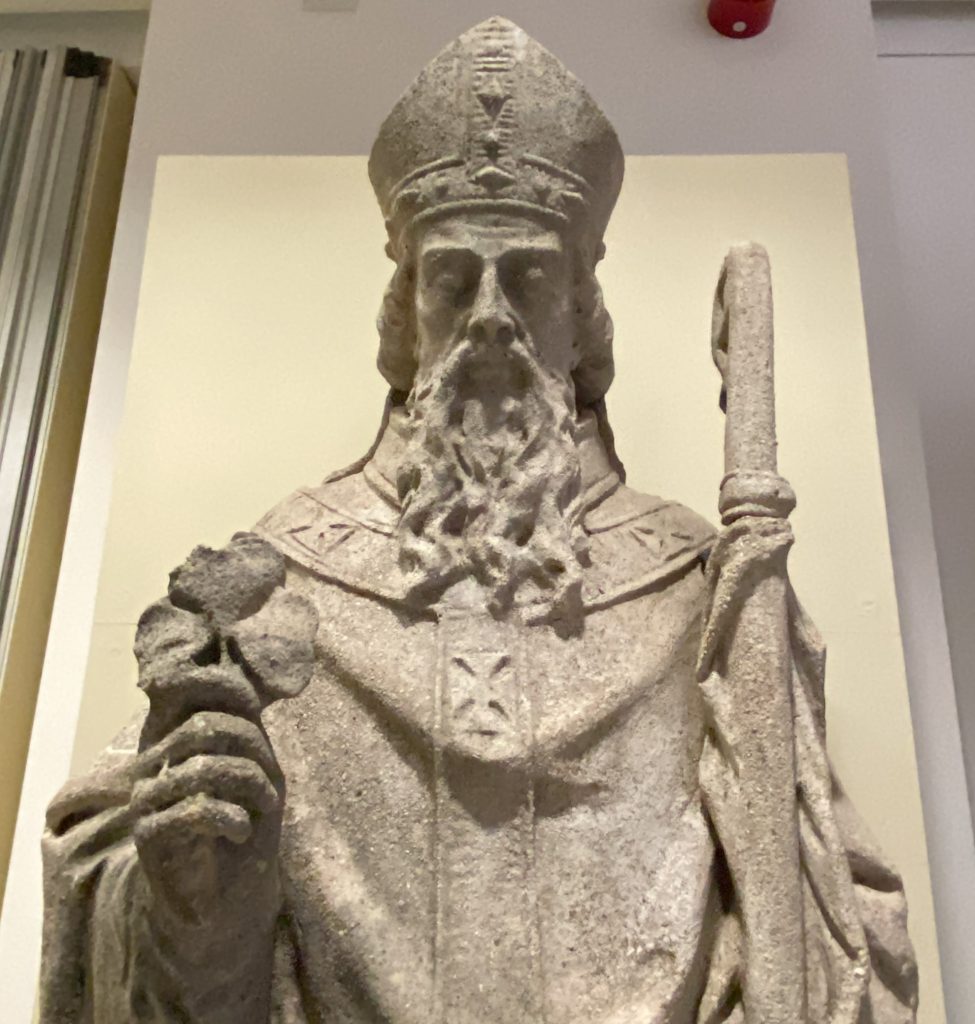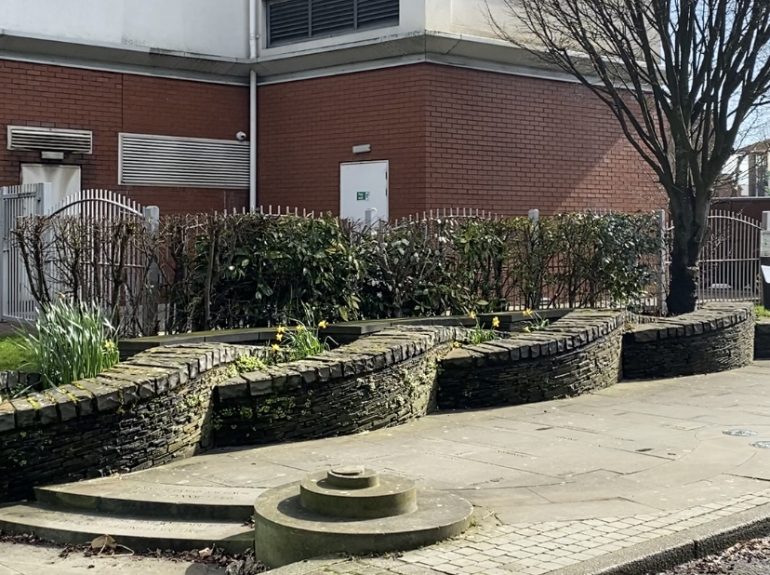They came from Cork and Waterford after 1845 to make their homes in Cardiff
For more than 100 years, a handful of streets in the Welsh capital thronged with a close-knit Irish community.
Newtown was a residential area of the city, not too far from where Cardiff Central train station stands today.
It consisted of 200 houses and six streets: North Williams Street, Pendoylan Street, Pendoylan Place, Roland Street, Rosemary Street and Ellen Street.
If you haven’t heard of Newtown, that’s because it was demolished in the 1970s to make way for office buildings. All that remains now is a memorial garden.
On the corner of Herbert and Tyndall Street, a stone ‘knot’ marks the heart of this once-busy community. The flagstones surrounding it are carved with the surnames of the families whose lives used to revolve around these streets.
After the Great Famine of Ireland in 1845, hundreds of Irish families travelled to Cardiff by boat – from Cork and Waterford in particular. They settled in Newtown, which had been expanded to house those working at the docks – not far from Cardiff Bay.
Because of this high-density Irish population, Newtown soon became known as ‘Little Ireland.’

Despite little remaining of Newtown aside from street names, one iconic part of the area has been saved. The Vulcan pub – originally on Whitmore Lane – closed in 2012, and was scheduled for demolition until it was saved by the National History Museum. It is currently being rebuilt at the Saint Fagans where it will remain, frozen in time, for future generations.

In maps from the mid-19th century, when Irish immigrants would have been arriving in the city, the streets of Newtown can be seen. Roland Street, Pendoylan Place, and North Williams Street are visible.
The Irish arrivals would have been welcomed into Cardiff’s religious communities. In particular, the Catholic community thrived, with regular parades in the city. A towering statue of St Patrick himself once could be seen in Splott, not far from Newtown.
Cardiff’s Irish connections are far from being stuck in the past. Though Newtown itself is no longer as visible, there will always be Irish people living and working here in Cardiff.

